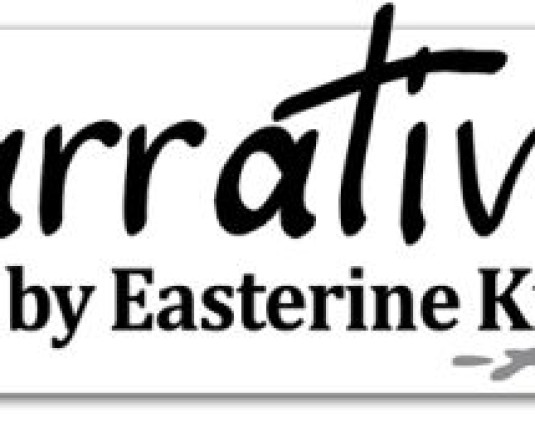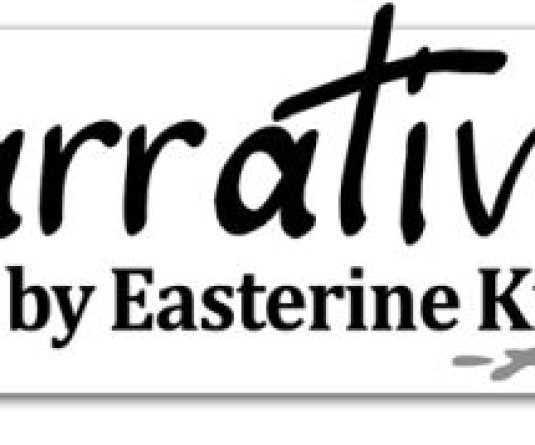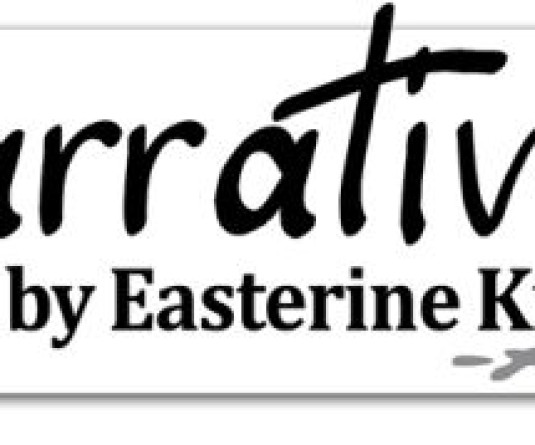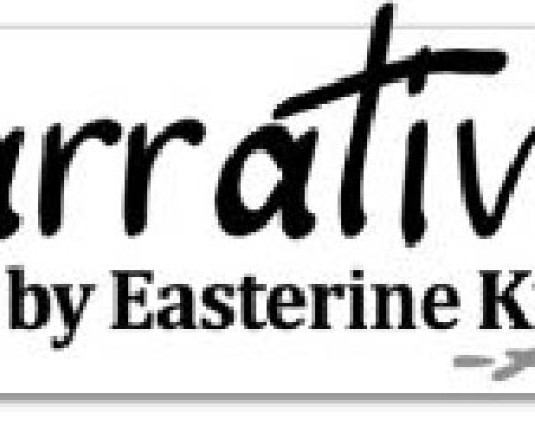
Limawati Longchar, Prof I Lanu Aier
Woods Publishers
Liden Ki, near Nagaland University
Kohima 797004, Nagaland. 63 pages.
Newly released, the book, Mokokchung, the Swinging Sixties and Beyond, has many eager readers. According to co-author Limawati Longchar, he received from Prof I Lanu Aier, ‘a beautifully written piece of social analysis and record of several events which gives a vivid picture of how the people of Mokokchung town grew socially not just in music as the title may imply. Of course, it evokes nostalgia in us who grew up in Mokokchung during the swinging sixties and seventies but it goes much beyond that for anyone who reads this article.’
Longchar’s own piece is an article he had written on Mokokchung and music, originally meant for the commemoration of 125 years of Mokokchung town, but not published in the souvenir. So, the book brings together invaluable information and reflection on a bygone period that shaped Mokokchung’s musical backbone and produced the frontline musicians of today.
It is of great interest that Aier writes as an insider, a former band member in several bands, and a well-known musician who embarked on a career as an academician. He has carefully preserved his memories of the musical era that took Mokokchung by storm in the swinging sixties.
Aier’s narrative takes us back to the age of the radio, describing how in the pre-electricity days, an Eveready battery powered radio would serve several households. He recounts how an activity such as listening to the radio became a hub of social interaction for the families that came together and clustered around their family radio, for information and entertainment, as it was seen as existing for those two purposes. What a beautiful concept that the radio served as a connecting link for clusters of people in the neighbourhood living through one of the darkest periods in Naga history with the Underground movement and Army occupation making life fragile and vulnerable. In looking back on the musical history of Mokokchung, the writers have woven the social history of those times into the fabric of their story. It is there as an added bonus, as unwritten history transmitted not through radio waves but by recollections of those who were there.
The book evokes the radio era of the sixties and seventies when Nagas would tune in to the BBC, Voice of America, Radio Australia and Radio Rangoon in addition to the fledgling programmes run by AIR Kohima. Aier remembers the high standards set by AIR Dibrugarh and itswell-loved comperes.
The authors have lovingly created a bank of social memory. Names of musicians, music shops, restaurants, concerts from the era, as well as the achievements of the music pioneers of Mokokchung are documented with care. Who knows that the first All Nagaland Beat Contest was organised in Mokokchung in 1970? It was followed by a second contest in 1971 in Kohima and then a third in Mokokchung in 1972. Even as good musical bands sprouted in the town and struggled to reach their audiences, a music-loving organisation called The Caretakers saw the need for someone to organise concerts, look after sales of tickets and publicise the concert. They stepped up to the task and also organised the first Regional Beat Contest which they continued for some years.
The Shadows, The Echoes, the Highlanders to be followed by the Sky Vengers, the Hill Boys, and the Lusters, were some of the many talented bands of the era. In 1978, Nungsang Aier formed a duo with Nishi Mukherjee and they performed in Delhi’s cool venues like Cellar and Sensation. They were featured by Junior Statesman, one of the most happening newsmagazines of the sixties and seventies. Back in Mokokchung, the girls were not to be left behind and girl bands like Jean and the Jeanies, The Four Birdies, and Blue Jeans were formed. There were many more bands that were birthed by the music scene in Mokokchung. Read the book and find out.
Mokokchung town was ready to cater to the musical tastes of the young generation, undaunted by the challenges that distance threw up. For some time, Noklensama’s shop, Music Corner was the only shop selling vinyl music records and its customers included Wokha, Tuensang and Zunheboto. In this thriving musical period, fashion caught up rapidly in psychedelic prints worn by both genders, bell bottomed trousers and leather belts with big buckles. The music of the seventies legends, Janis Joplin, Creedence Clearwater Revival, Crosby, Stills, Nash and Young Jimi Hendrix, the Rolling Stones and so on, were embraced by this population in their hilly home.
Orient Book Stall established in 1968, sold music and fashion magazines which were eagerly snapped up by young customers. Lovely Center, in the early 60s, was the shop where electronic items such as radios, tape recorders and cassette players as well as vinyl records and guitars of all kinds were sold. The thriving music scene in Mokokchung made it the venue for well known bands from Shillong to travel to perform live concerts.
Church music did not lag behind. Aier and Longchar write about the history of famous groups such as Riongsanger, Fazlian quartet, Youth Singers and the MTABA choir, and Youth quartet. Within the church, music became incorporated as a part of the evangelical efforts of the church which later led up to the great revival in the area. Music was taken to another level by Rev Takatemjen Jamir who organised a performance of Otis Skilling’s musical, ‘Life’ by the church youth. Another youth ensemble titled ‘Lost and Found’ was performed in Chennai and Calcutta.
Longchar includes the tragedy of 1994, evidenced by photos when the town came under attack from the armed forces resulting in huge loss of life and property. It is these segments that keep social memory alive and chronicled. There are many interesting photographs of bands old and new in the book. The pictorial representation with many photos retrieved from the era is beautifully done, truly a walk down memory lane for many.






